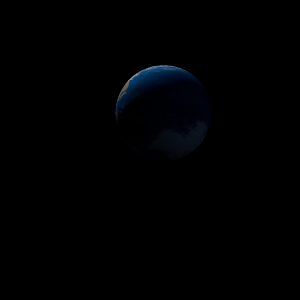|
|
Space Astro
|
Info for exoplanet "Ketar"
| Scientific (actual) data |
|---|
| Name | K2-88 b |
| Planet status | Confirmed |
| Radius | 0.11 |
| Orbital period | 4.6122 |
| Semi major axis | 0.0345 |
| Discovered | 2016 |
| Updated | 2021-02-05 |
| Tconj | 2457070 |
| Publication | Published in a refereed paper |
| Detection type | Primary Transit |
| Alternate names | EPIC 210750726.01 |
| Star name | K2-88 |
| Right ascension | 54.75° |
| Declination | 19.12° |
| Mag j | 12.037 |
| Mag h | 11.456 |
| Star distance | 110.91 |
| Star mass | 0.26 |
| Star radius | 0.26 |
| Star temperature | 3537 |
| Star alternate names | 2MASS J03390038+1907126, EPIC 210750726 |
| Wikipedia article | K2-88 b |
Back
| |
| Fictional info (?) |
|---|
| Suggested name | Ketar |
| Planet type | Hot planet |
| The atmospheric pressure at the planet's surface is 60 bar, or roughly the pressure found 1440 m under the oceans of Earth.
It was the one of the first exoplanets visited by a spacecraft, and one of the first to be successfully landed on. |
| Atmosphere | Hydrogen | 99% |
| Ozone | 0.22% |
| Ethane | 0.014% |
| Atmospheric pressure | 60 bar |
 |
| Moon | Mipha | Very small round oceanic asteroid |
| Google search for Ketar |
|
Website by Joachim Michaelis
|
|
|
|